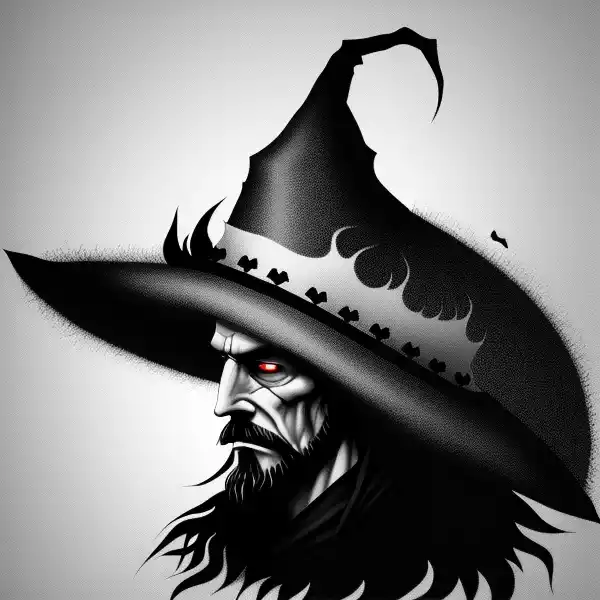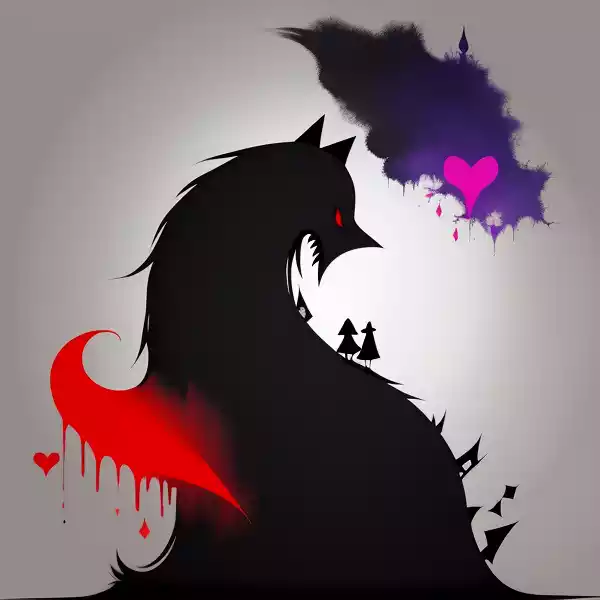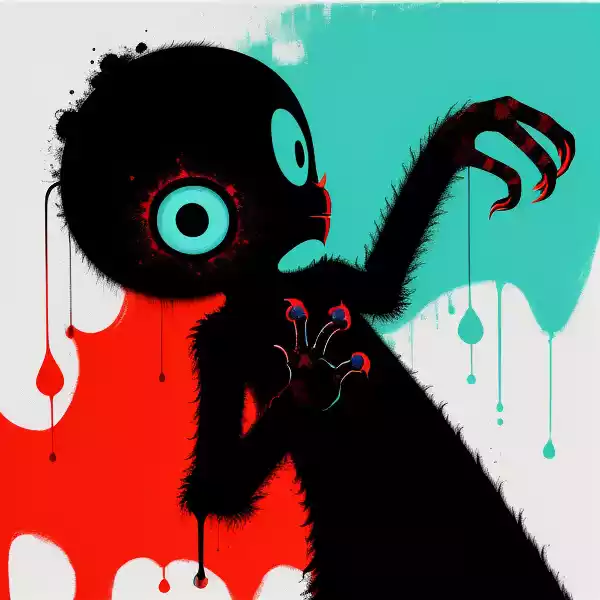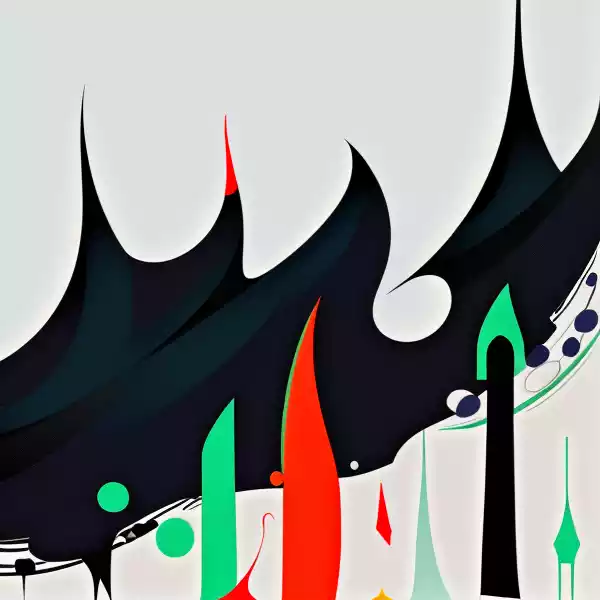In the vast tapestry of literature, short stories stand out as intricate, captivating designs. These brief narratives, though concise, often encapsulate the depth and breadth of human experience, offering readers a glimpse into different worlds in just a few pages. In this article, we journey through some of the most iconic short stories in the English language, each a testament to the power of storytelling. So, whether you’re an avid bibliophile or a casual reader, this list beckons you to explore tales that have left an indelible mark on literature.
The Timeless Classics
Washington Irving
“Rip Van Winkle” (1819): Set against the backdrop of the Catskill Mountains, this tale follows Rip Van Winkle, a man who escapes his nagging wife only to drink a mysterious potion. He awakens two decades later, finding himself in a world that has moved on without him, with the American Revolution having taken place during his prolonged slumber.
Edgar Allan Poe
“The Tell-Tale Heart” (1843): A haunting exploration of guilt and paranoia, this story delves into the psyche of a man who, after committing a heinous crime, is tormented by the incessant beating of his victim’s heart.
Herman Melville
“Bartleby, the Scrivener” (1853): A poignant commentary on the dehumanizing effects of capitalism, this tale introduces readers to Bartleby, a Wall Street copyist who, one day, simply states, “I would prefer not to,” challenging societal norms and expectations.
Stories That Transcend Time
Ambrose Bierce
“An Occurrence at Owl Creek Bridge” (1890): A riveting tale of war and illusion, Bierce’s narrative captures the final moments of a Confederate sympathizer’s life. As he faces execution, time seems to warp, blurring the lines between reality and fantasy.
Charlotte Perkins Gilman
“The Yellow Wallpaper” (1892): Through the lens of a woman’s descent into madness, Gilman critiques the oppressive societal norms of her time. The protagonist’s obsession with the room’s yellow wallpaper becomes a chilling metaphor for her entrapment.
Henry James
“The Turn of the Screw” (1898): A classic in gothic literature, this novella delves into the eerie happenings at Bly Manor. Through the eyes of a governess, readers are introduced to two seemingly innocent children and the malevolent spirits that may or may not be influencing them.
Anton Chekhov
“The Lady with the Toy Dog” (1899): Chekhov masterfully captures the complexities of love and infidelity in this tale. Two strangers, both married, embark on an affair that leads them to question the very nature of love and happiness.
W. W. Jacobs
“The Monkey’s Paw” (1902): A chilling lesson in being careful what you wish for, this story revolves around a magical talisman that grants its possessor three wishes. However, each wish comes with unforeseen consequences, leading to a tragic climax.
Modern Masterpieces and Unsung Gems
O. Henry
“The Gift of the Magi” (1905): A heartwarming tale of love and sacrifice, this story follows a young couple who, despite their financial struggles, strive to give each other the perfect Christmas gift. Their acts of love become a testament to the true spirit of giving.
James Joyce
“The Dead” (1914): Set during an annual holiday gathering, this story delves into themes of love, loss, and identity. As the protagonist, Gabriel, confronts revelations about his wife’s past, he grapples with his own feelings of inadequacy and longing.
Franz Kafka
“The Metamorphosis” (1915): A profound exploration of alienation and guilt, Kafka’s tale follows Gregor Samsa, a man who wakes up one day to find himself transformed into a giant insect. As his family struggles to cope with his new form, the story delves into the human capacity for cruelty and compassion.
Richard Connell
“The Most Dangerous Game” aka “The Hounds of Zaroff” (1924): A gripping tale of survival, this story introduces readers to Rainsford, a big-game hunter who becomes the hunted. Trapped on an island with the sadistic General Zaroff, Rainsford must outwit his pursuer in a deadly game of cat and mouse.
Ernest Hemingway
“The Killers” (1927): Hemingway’s minimalist style shines in this tense narrative. Two hitmen enter a diner, their target a former boxer named Ole Andreson. The story delves into themes of fate, inevitability, and the human response to impending doom.
Contemporary Tales and Future Classics
Shirley Jackson
“The Lottery” (1948): A harrowing exploration of societal norms and the dark side of human nature, this story unveils the chilling events of a town’s annual ritual. Jackson’s narrative serves as a stark reminder of the dangers of blind conformity.
Ray Bradbury
“A Sound of Thunder” (1952): A foray into the realm of science fiction, Bradbury’s tale delves into the consequences of time travel. A single misstep in the past can ripple into catastrophic changes in the future, a concept known as the butterfly effect.
Jhumpa Lahiri
“Interpreter of Maladies” (1999): A poignant collection of stories that explore the lives of Indians and Indian Americans, Lahiri’s narratives touch upon themes of love, displacement, and cultural identity.
Ted Chiang
“The Story of Your Life” (2002): A mesmerizing blend of linguistics and alien contact, this story delves into the nature of time and human choice. It served as the basis for the acclaimed film “Arrival.”
Chimamanda Ngozi Adichie
“The Thing Around Your Neck” (2009): Adichie’s narrative offers a profound look into the lives of Nigerians, both in their homeland and abroad. The story touches upon themes of love, sacrifice, and the complexities of identity.
Conclusion
From tales that have stood the test of time to contemporary narratives that promise to become future classics, short stories offer a diverse range of experiences and emotions. They challenge us, comfort us, and above all, remind us of the shared human experience. As you explore these stories, may you find joy, reflection, and a deeper appreciation for the art of storytelling.











